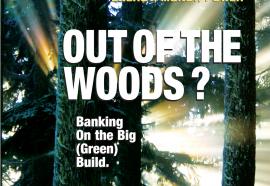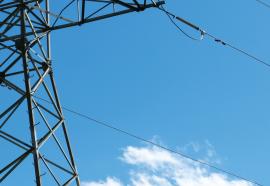Fragile Foundation
The capital markets have recovered … or have they?
One year ago, in the midst of the financial crisis, one industry—energy utilities—continued accessing the capital markets. Since then, interest rates and terms have improved dramatically, inviting utilities to refinance billions of dollars in debt that won’t mature for another year. Despite the current rosy picture, however, economic trends might cast a shadow over the industry’s capital-investment plans.










